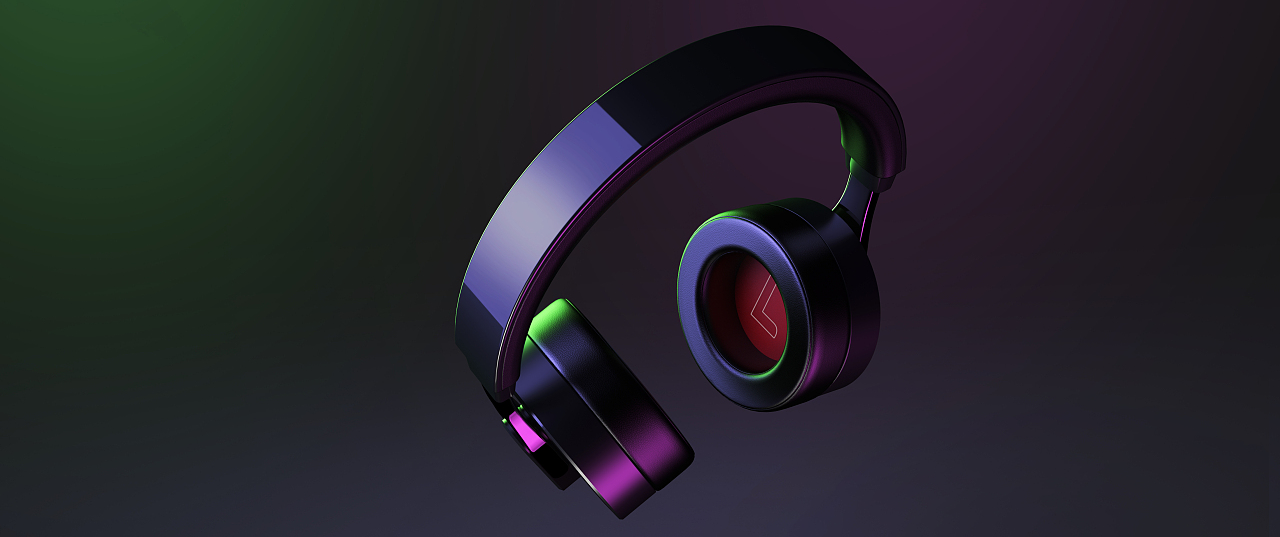
Bluetooth technology has become an essential part of wireless communication, which enables devices to communicate with each other over short distances. A Bluetooth transceiver is a device that serves as both a transmitter and receiver in a wireless communication system. It is responsible for transmitting data from one device to another and receiving data from the other device.
Designing a Bluetooth transceiver requires careful consideration of several factors such as power consumption, frequency range, modulation scheme, and antenna design. Let’s discuss each of these factors in detail.
Power Consumption:
One of the most critical considerations when designing a Bluetooth transceiver is power consumption. The transceiver must operate on low power to ensure long battery life in portable devices. To achieve this, designers can optimize the circuitry and reduce the operating voltage. Low power consumption also helps minimize interference with other wireless systems in the vicinity.
Frequency Range:
The Bluetooth standard operates at 2.4 GHz frequency, which is a popular choice for wireless communication. However, it is crucial to ensure the transceiver does not interfere with other wireless systems operating at similar frequencies. To do this, designers can implement frequency hopping techniques that change the operating frequency periodically.
Modulation Scheme:
Another important factor in Bluetooth transceiver design is selecting the appropriate modulation scheme. Bluetooth uses various versions of frequency shift keying (FSK) and Gaussian frequency shift keying (GFSK) modulation schemes. GFSK is commonly used in Bluetooth transceivers because it provides better spectral efficiency and lower out-of-band emissions.
Antenna Design:
Antenna design is crucial in Bluetooth transceiver design as it affects the range and reliability of the wireless link. The designer must choose an appropriate antenna type, size, and orientation to maximize gain and minimize interference. Popular antenna types used in Bluetooth transceivers include chip antennas, PCB trace antennas, and ceramic patch antennas.
In summary, designing a Bluetooth transceiver requires careful consideration of power consumption, frequency range, modulation scheme, and antenna design. A well-designed Bluetooth transceiver can provide reliable wireless communication with low power consumption, ensuring a long battery life for portable devices. With the increasing demand for wireless connectivity in various applications, Bluetooth technology will continue to play a significant role in the future of wireless communication.
As a professional manufacturer of low power Bluetooth module, Tecksay has independently developed and produced a number of BLE Bluetooth modules that have been applied to many industries. With more than ten years of industry experience, Tecksay can customize BLE embedded solutions for customers from design, project management, function customization, system development and other aspects.


